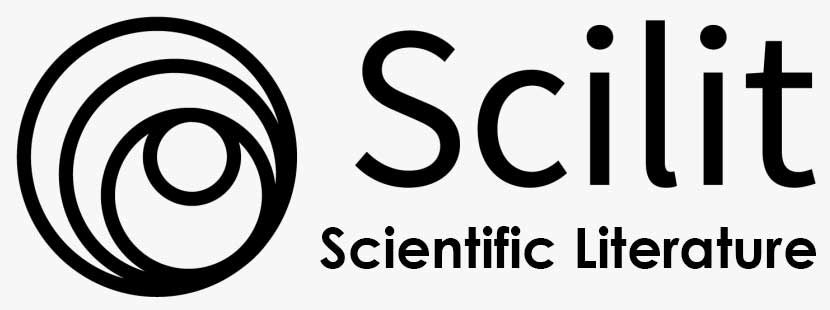Livelihood Assets in Entikong Village, Sanggau Regency, West Kalimantan
Keywords:
Livelihood assets, frontier regionAbstract
According to NAWACITA (Indonesia’s 9 years long plans), frontier region has priority to be developed because it is characterized as underdeveloped region which has inadequate infrastructures and underprivileged families. The study aims to assess the condition of livelihood assets in the frontier region. Livelihood assets are assets that local people use for living. This research employed descriptive statistical analysis which the data was derived from questionnaire, interview, and observation. Variables to assess the condition of assets were from financial livelihood asset, human asset, social asses, and natural asses. The result is drawn on a pie chart and allowed assets to clearly identify. The results stated that the highest asset is from human asset i.e. sub variable local ecological knowledge ( 85%) which is the knowledge of farming. Therefore, the lowest asset also from human assets i.e. access for education and additional skills. Local people are having difficulties to access the education center just like in Hillbilly Merau and Serangkang because the way to reach there still rocky and rough (undeveloped). Local skills in the village of Entikong are not fully mastered yet but people take special attention in the field of crafts.
References
Bhandari, Prem B. 2013. “Rural Livelihood Change? Household capital, community resource, and livelihood transitionâ€, Journal of Rural Studies, Vol. 32, 2013, page 126-136.
Ferrol-Schulte, Daniella. 2013. “Sustainable Livelihood Approach in Tropical Coastal and Marine Social-Ecological Systems: A Reviewâ€, Marine Policy¸ Vol. 42, 2013, page 253-258.
Marfirani, Risa & Adiatma, Ira. 2012. Pergeseran Mata Pencaharian Nelayan Tangkap Menjadi Nelayan Apung di Desa Batu Belubang. Prosiding Seminar Nasional Pengelolaan Sumberdaya Alam dan Lingkungan. Semarang, 11 September 2012.
Rachmawati, Dewi Fitria. 2013. Strategi Survival Petani Tambak di Tengah Bencana Industri Lumpur Sidoarjo di Desa Penatar Sewu, Kecamatan Tanggulain, Kabuaten Sidoarjo. Skripsi Jurusan Sosiologi Fakultas Ilmu Sosial dan Ilmu Politik Universitas Brawijaya. Not published.
Rasul, Golam & Gopal B. Thapa. 2003. “Sustainability Analysis of Ecological and Conventional Agricultural Systems in Bangladeshâ€, World Development, Vol. 31, No. 10, 2003, page.1721-1741.
Sari, Mauline Khairina & Winarso, Haryo. 2007. “Transformasi Sosial Ekonomi Masyarakat Peri-Urban di Sekitar Pengembangan Lahan Skala Besar : Kasus Bumi Serpong Damaiâ€. Jurnal Perencanaan Wilayah dan Kota , Vol. 18 No. 1, April 2007, page. 1-30.
Sherbinin, Alex, et al. “Rural Household Demographic, Livelihoods, and the Environmentâ€, Global Environmental Change, Vol.18, 2008, page. 38-53.
B.S. Bhandari, M. Grant. 2014. Analysis of livelihood security: A case study in the Kali-Khola watershed of Nepal. Applied Geography 46, 1-10.
GOLAM RASUL and GOPAL B. THAPA. 2003. Sustainability Analysis of Ecological and Conventional Agricultural Systems in Bangladesh. Asian Institute of Technology, Pathumthani, Thailand.
______. 1999. Sustainable Livelihoods Guidance Sheets. United Kingdom: Department for International Development.



















